Before smartphones took over free time, kids filled afternoons with simple outdoor games, shared laughter, and creative play. These activities didn’t need Wi-Fi or apps but instead relied on imagination, teamwork, and the neighborhood’s sidewalks or backyards. They shaped friendships, taught cooperation, and created memories now fading fast. While smartphones offer endless entertainment, the charm of these childhood games reflects an era where kids connected face-to-face, not screen-to-screen.
1. Kick the Can

Kick the Can was more than just a game; it was a mix of tag and hide-and-seek with a twist. One player guarded a can placed in the middle while others hid. If the “it” player caught someone, they had to stay near the can until another teammate kicked it to free them. The game encouraged teamwork, strategy, and plenty of running around the block. Its popularity thrived in the mid-20th century when kids spent evenings outdoors. Today, smartphones have replaced such neighborhood adventures, but for older generations, this game was unforgettable.
2. Red Rover
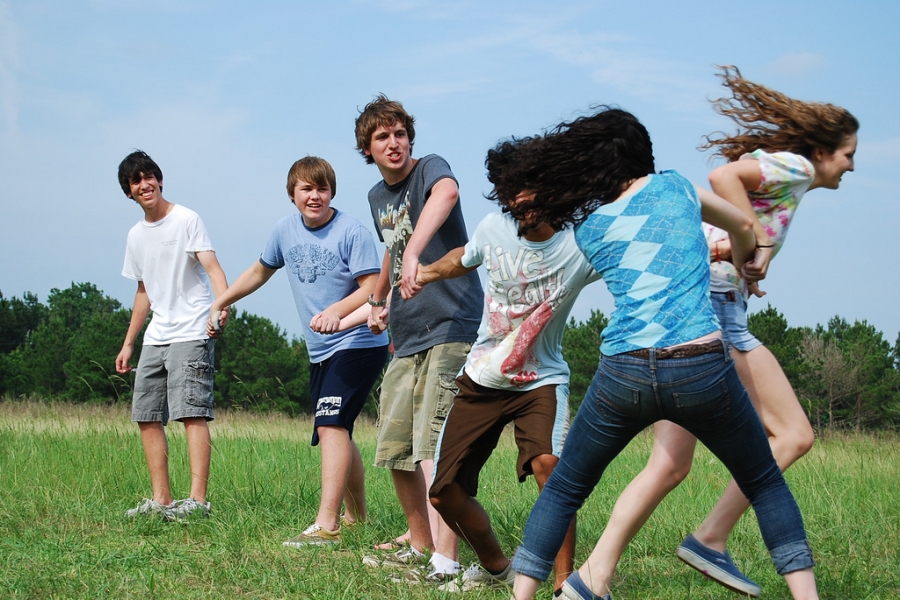
Red Rover was a staple of schoolyards across America, combining strength, speed, and daring. Children formed two lines and called players from the opposite team to run and try to break through clasped hands. The mix of physicality and anticipation made it thrilling, though school rules eventually banned it due to safety concerns. For years, Red Rover symbolized unity, competition, and the fun of teamwork under the open sky. Teens today might scroll through apps instead, but for Boomers and Gen X, Red Rover was part of growing up.
3. Jacks

Jacks, played with small metal or plastic pieces and a ball, was one of the simplest yet most competitive games of its time. Players bounced the ball while quickly scooping up jacks in increasing numbers. The skill lay in timing and precision, and it could be played indoors or outdoors with friends. Jacks became especially popular among American kids in the mid-20th century, often filling recess breaks or rainy afternoons. While replaced today by mobile games, Jacks built hand-eye coordination and a sense of friendly rivalry.
4. Four Square
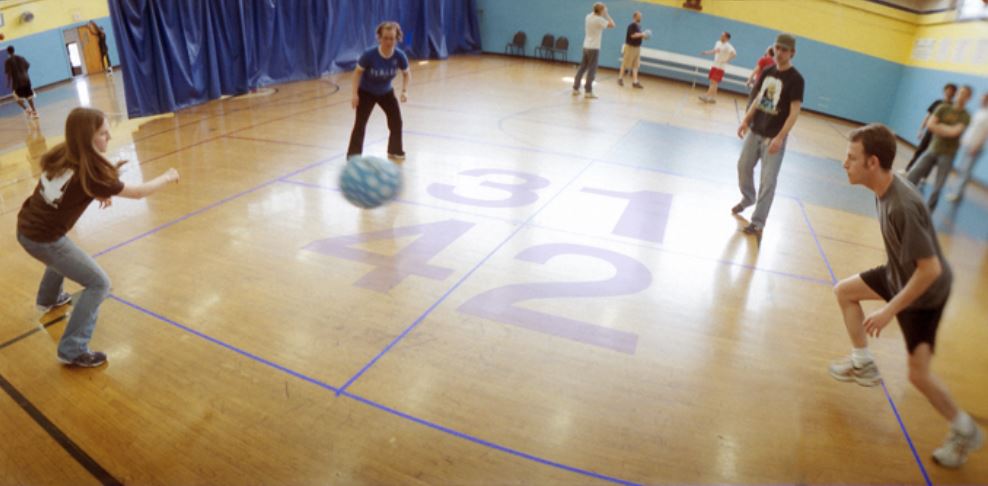
Four Square dominated playgrounds with chalked courts and a bouncing rubber ball. The rules were simple: four players guarded their squares, aiming to eliminate opponents by bouncing the ball in tricky ways. It fostered quick reflexes, strategy, and constant movement, making it a recess favorite for decades. Beyond physical play, Four Square built social skills, teaching kids about fairness, competition, and adapting quickly. Though smartphones have taken over free periods, this playground classic once symbolized fun, energy, and a sense of community among kids everywhere.
5. Duck, Duck, Goose
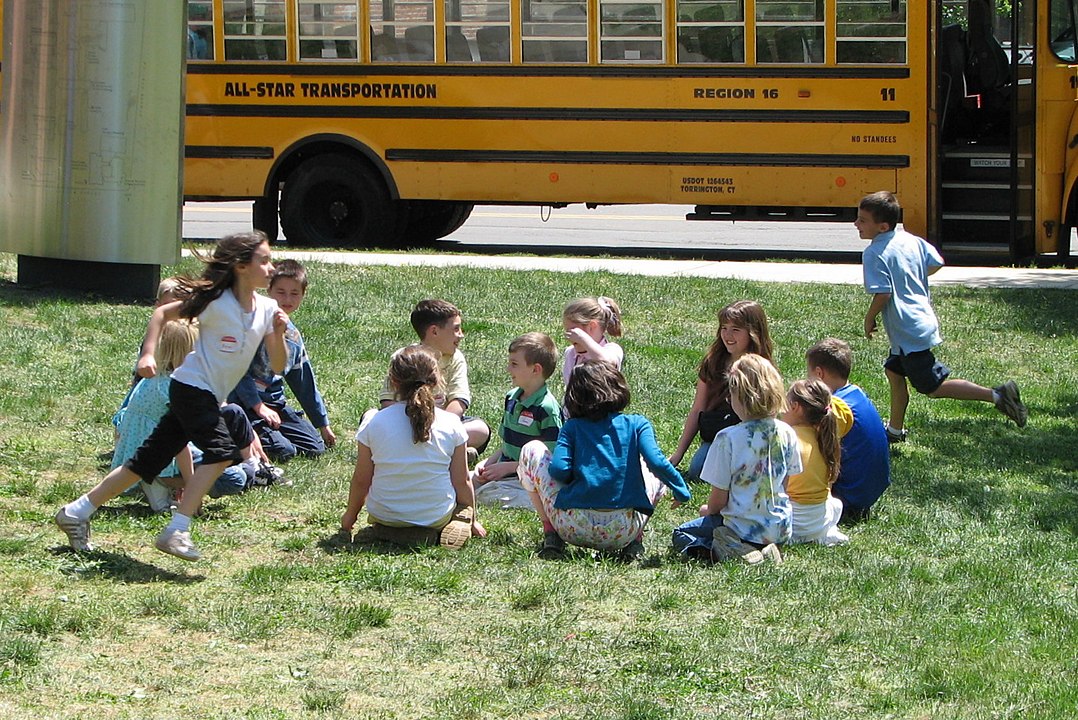
Duck, Duck, Goose was the perfect mix of suspense and sudden bursts of energy. Kids sat in a circle while one walked around tapping heads, labeling each as “duck” until finally choosing a “goose.” The chosen child had to leap up and chase them around the circle, hoping to tag them before they sat down. The simplicity of the rules made it accessible to all ages, from preschool to elementary. This game thrived in classrooms and playgrounds alike, teaching anticipation, quick thinking, and joy through shared laughter.
6. Hopscotch

Hopscotch combined physical skill with creativity, using chalked squares on sidewalks or playgrounds. Players tossed a marker into a numbered square and hopped through the course on one foot, skipping the occupied box. It tested balance, coordination, and patience while offering endless variations in design. The game’s roots trace back centuries, but in 20th-century America, it became a staple of recess and neighborhood play. Today, streets once filled with chalk patterns are quieter, replaced by digital entertainment, but Hopscotch reflects a time of simple, active childhood fun.
7. Marbles
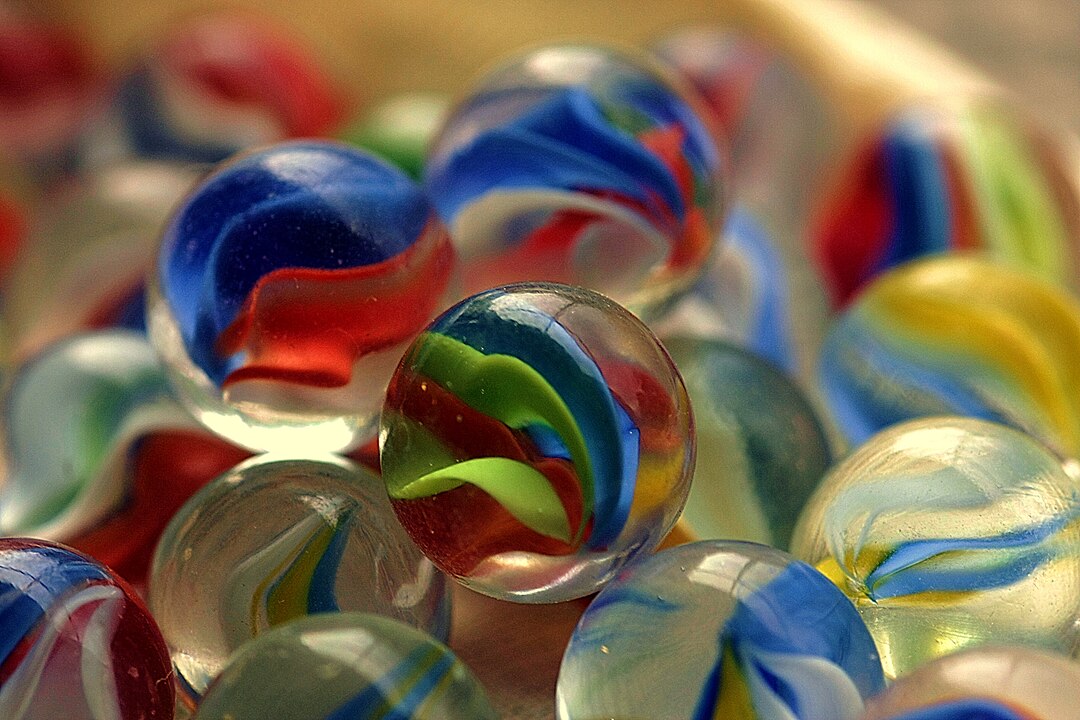
Marbles brought both skill and collecting into play. Kids carried bags of colorful glass marbles, each unique, and used them in games like “ringer,” where players tried to knock opponents’ marbles out of a circle. Winning marbles meant growing your collection, adding extra excitement. Beyond the game itself, marbles became treasures, traded and admired during school breaks. While the small spheres have nearly disappeared from today’s playgrounds, they once held immense cultural value, teaching patience, accuracy, and even math concepts through counting and strategy.
8. Double Dutch
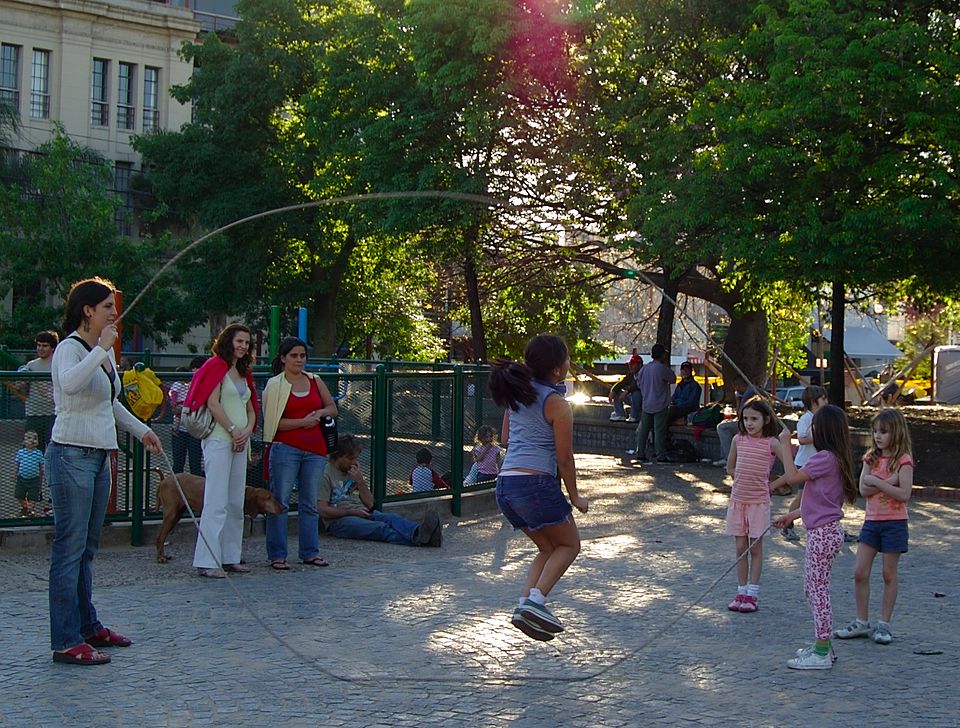
Double Dutch took jump rope to another level, using two ropes swung in opposite directions. Players needed rhythm, timing, and courage to jump in without missing a beat. The game flourished in American cities, especially among girls, becoming both a casual pastime and a competitive sport. Schools and community centers even hosted tournaments, where teams showed off routines mixing athleticism and creativity. Though kids today may prefer apps or streaming videos, Double Dutch represents a cultural moment when fun was built on energy, teamwork, and endless practice.
9. Freeze Tag

Freeze Tag added an exciting twist to the regular tag game. When tagged, players had to freeze in place until another teammate unfroze them. The blend of suspense, teamwork, and running made it a neighborhood classic. Every yard or park could transform into an arena for Freeze Tag, keeping kids outside until dusk. While smartphones allow endless digital connections, Freeze Tag emphasized real-world interaction, quick thinking, and collaboration. It became more than just exercise; it was a bonding activity that forged friendships through shared action and adventure.
10. Capture the Flag

Capture the Flag was the ultimate neighborhood showdown, blending strategy, speed, and teamwork. Two teams hid flags in their territory and defended them while trying to steal the opponent’s. The game required planning, stealth, and trust among teammates. It was especially popular at summer camps, backyards, and schoolyards, where large groups could join. Today, video games mirror its competitive spirit, but without the running, chasing, and outdoor fun. Capture the Flag reflected an era where teens valued face-to-face excitement over screen-based experiences.


